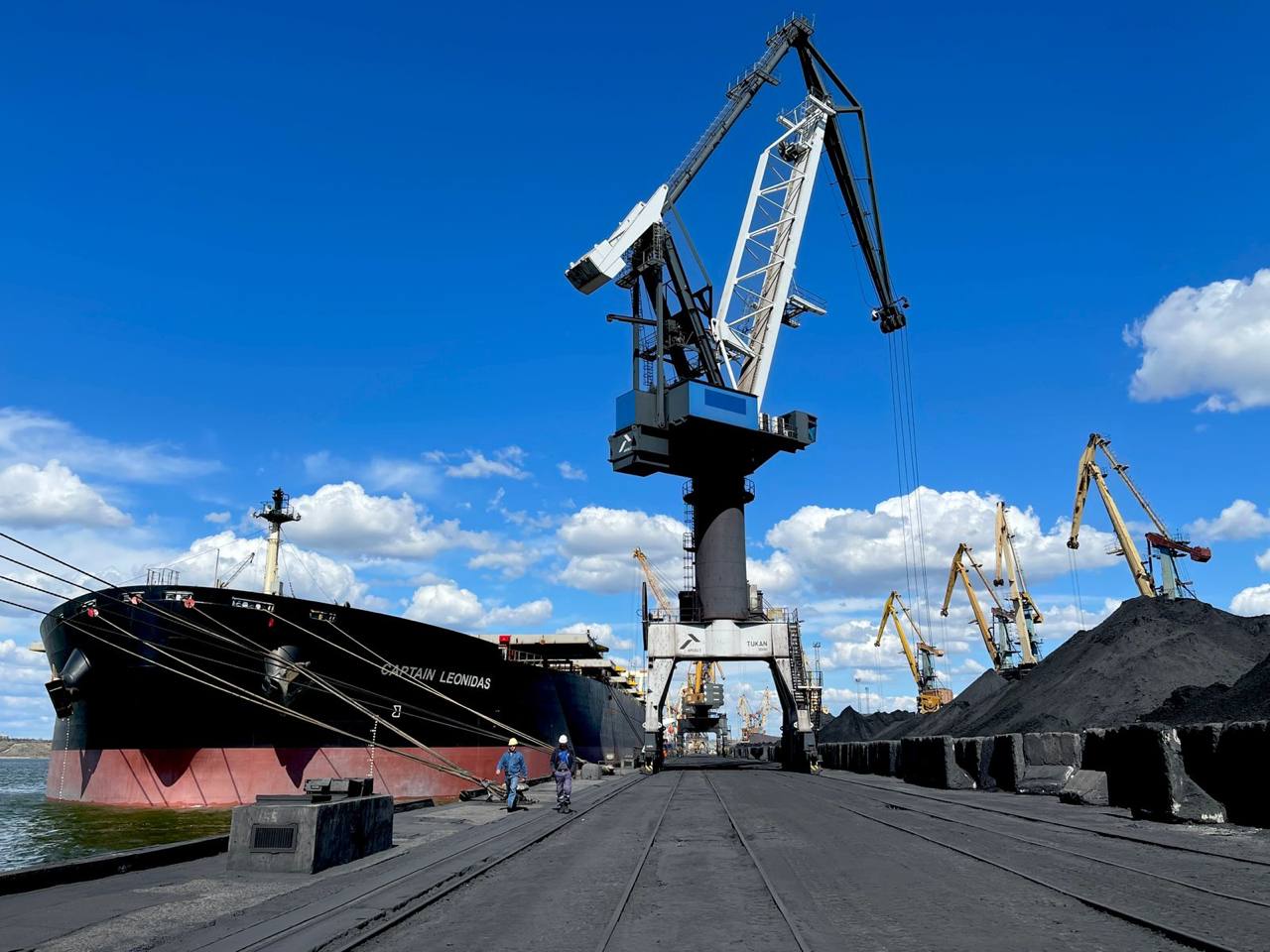National Bank: Ukraine's losses from Polish blockade partially offset by maritime trade

Losses caused by the Polish blockade of the Ukrainian border amounted to $500 million in lost imports and $160 million in exports in its first month, the National Bank of Ukraine said on May 14.
Polish farmers and truckers held protests at the border due to fear of uneven competition with their Ukrainian counterparts, first between November 2023 and January and then in another wave starting in February. By late April, the protests were largely over.
The lost imports were partially compensated through alternative supplies, and the exports were offset by trade via the new Black Sea corridor, the National Bank's statement read.
Poland became a key trading partner for Ukraine after the outbreak of Russia's full-scale invasion and the blockade of Black Sea trade routes. In the first year of the fall-out war, Poland was the destination of 15% of all exports from Ukraine, the National Bank said.
Fluctuations in wheat prices led to increased competition between Polish and Ukrainian farmers, which prompted Poland – as well as four other EU countries – to impose import restrictions on grain and some other agricultural goods from Ukraine.
Despite these restrictions, Polish farmers launched protests and border blockades due to the remaining agricultural imports into Poland and the rest of the EU.
As the National Bank pointed out, successes in restarting the Black Sea trade allowed Ukraine to partially compensate for the resulting losses.
After Russia effectively terminated the Black Sea grain deal in July 2023, Ukraine unilaterally opened a new Black Sea corridor a month later, allowing it to continue the maritime trade.
"Thanks to the full operation of the new sea corridor, Ukraine will be able not only to compensate for losses from the blockade... but also to return to traditional foreign markets," the National Bank said.












